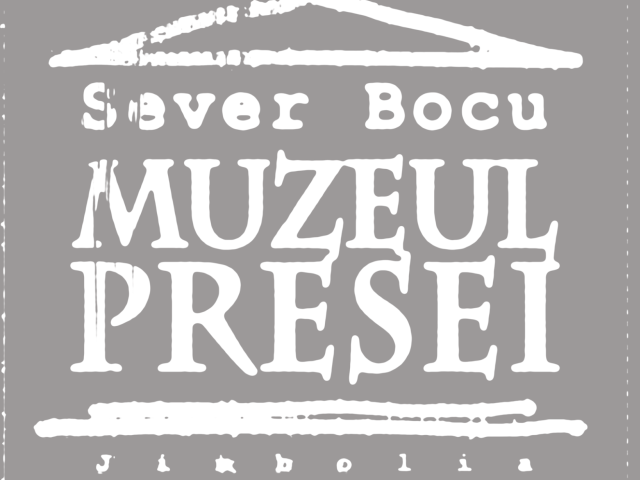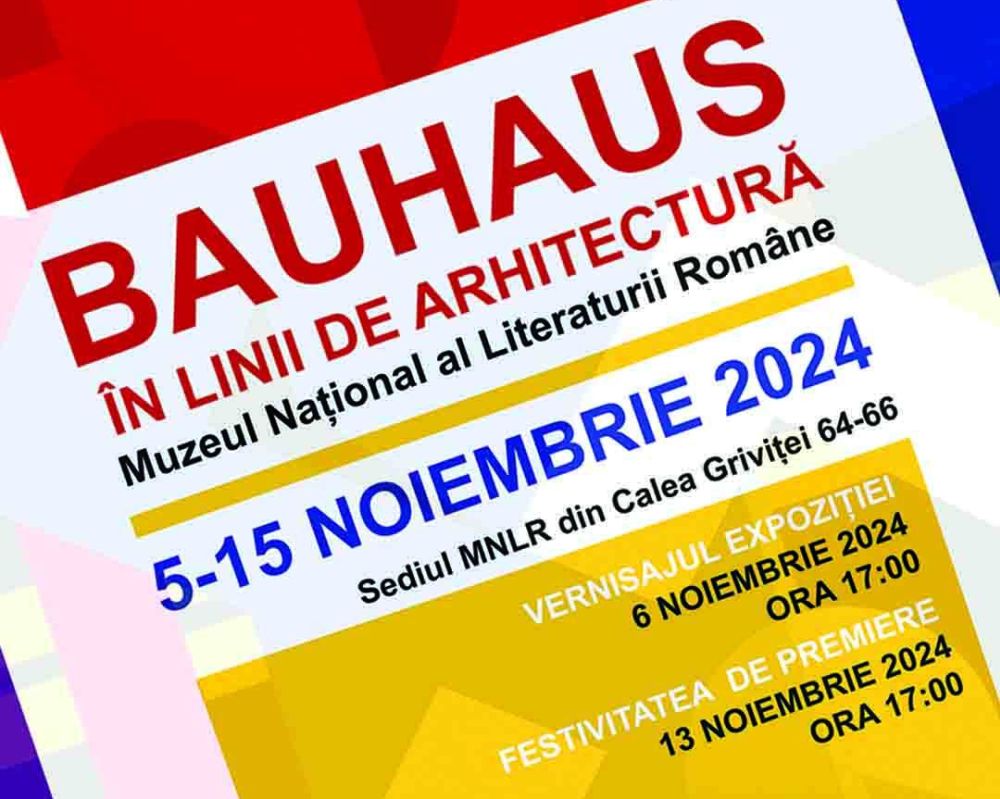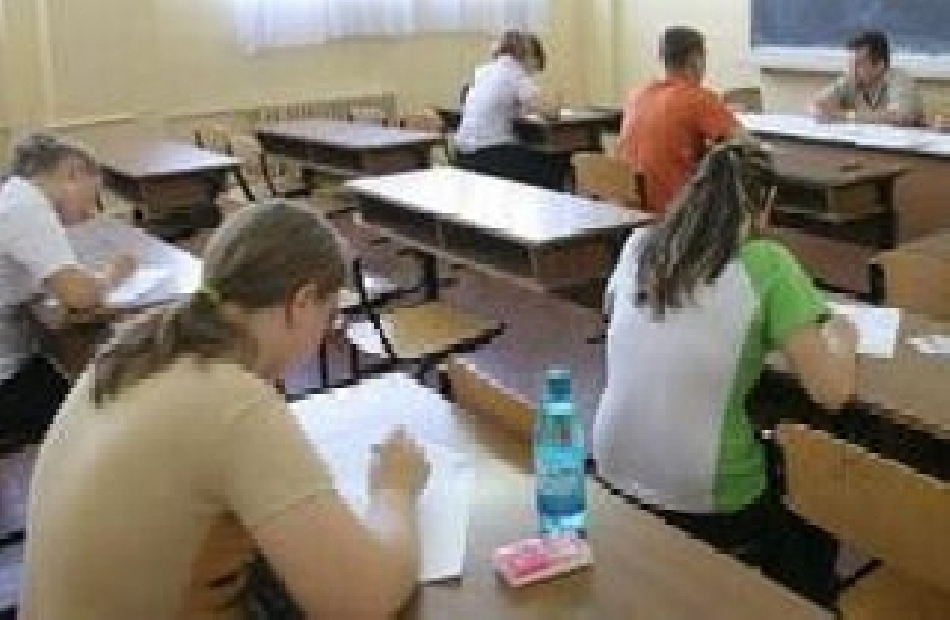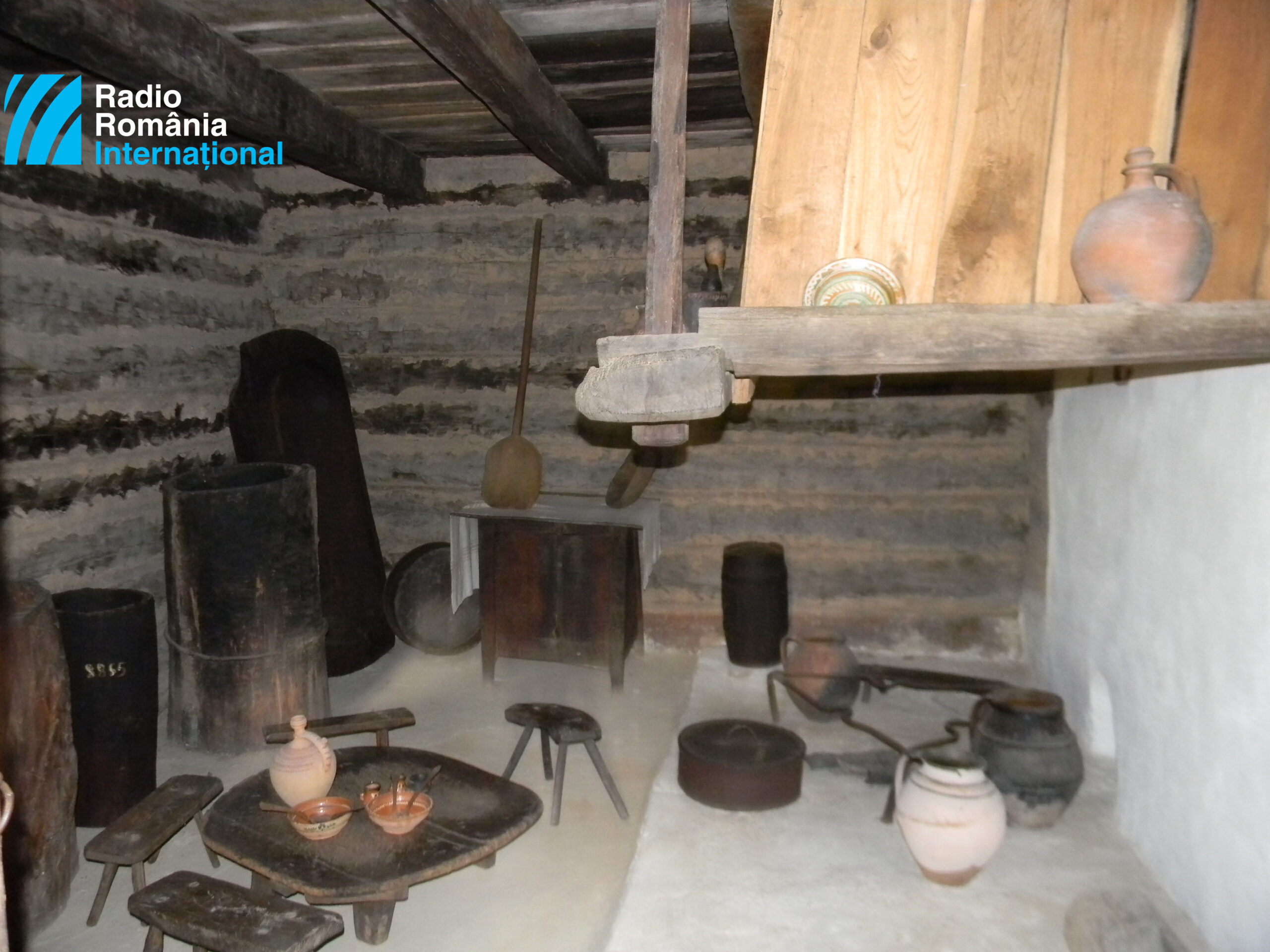The Museum of the Press
A small town in Transylvania hosts the only museum in the country dedicated to the history of the press.

Ana-Maria Cononovici, 08.10.2019, 12:08
Jimbolia, the town in Timis County,
with no more than 10,000 inhabitants, has no less than 6 museums and memorial
houses. Among them is the only museum in the country dedicated to the press, a
museum dedicated to the great Swabian painter Stefan Jager, a museum dedicated
to writer Petre Stoica, one to physician Karl Diel, one to Romanian Railways,
and a museum of fire-fighters, standing for 140 years.
The initiative to create a press
museum was a personal one, on the part of a writer and journalist, as we were
told by Cristina Dema, curator of the Sever Bocu Museum of the Press:
The idea to set up a museum of the
press started with writer and journalist Petre Stoica, who was a passionate
collector of newspapers since his childhood. He initially wanted to set it up
in his native village of Peciu Nou, but the local authorities said no. That was
lucky for Jimbolia, because in 1994, Petre Stoica came here to the mayor and
told him that he has a mountain of valuable exhibits, which he wanted to donate
to the city. The mayor was delighted, he accepted, offered him a home, and,
after many ample cultural events, in 2007 the dream came true, that of creating
a museum of the press, the only one in Romania and one of the few in Europe.
A dormitory of a former industrial
high school was modified, and has been receiving visitors for the last 12
years. Cristina Dema gave us a tour of the museum:
As we walk into the museum, we can
see printing machines, as well as an old camera. On the walls of the first room
we have various publications of the past and posters for events of the past. We
can also witness the multiculturality of the area, through a number of
publications, also in the first room, with publications in German, Hungarian,
and Romanian. After that, we can move to the exhibition hall, with a permanent
exhibition, where you can see the oldest and most important publications we
have. The oldest would be Albina Romaneasca, from 1837, and in the next room we
have a collection of calendars and almanacs, as well as a business card collection.
The most important part of the museum is the library, which acts as a reading
hall and archive. We would be happy with people coming in to stay longer, so
they can peruse, and can travel to other times through our newspapers. Also, we
have a cafe of the museum, where people can savor a cup of coffee while
delighting in reading old publications.
The Sever Bocu Press Museum is the
ideal environment to foster knowledge, hold various events and also to relax.
The museum’s coordinator, Cristina Dema, tells us more:
We have visitors of all ages,
including many school children. Some find out about our museum from the
Internet and think it’s an extraordinary idea to have a press museum in
Jimbolia, which is not a big place. Our visitors also include students and
researchers. We constantly organise all kinds of events, as well. Recently we
have held many activities for children in partnership with the Hambarul cu
carte association, events meant to show children that museums are not
inaccessible places, but spaces where they can feel at home and to foster their
appetite for reading.
Our interlocutor also told us that
the museum can be visited from Monday to Friday between 8 am and 4 pm, as well
as outside these hours by special appointment on the museum’s Facebook page, or
on the phone.
The museum’s collection is
constantly growing thanks to purchases from book shops and second-hand book
shops, the first issues of new periodicals, as well as subscriptions to various
cultural publications from around the country. The biggest donation received by
the museum, which has added significantly to its collection, came from the
Astra Library in Sibiu and consisted in publications from the 19thcentury till present day. The different
collections of the museum have also grown, such as newspapers and magazines
from Romania and the diaspora divided chronologically into four different
segments: the 19th century, 1900 to 1950, 1951 to 1989 and post
1990, annuals, calendars, business cards, photographs, envelopes, postcards, monograph
works, books on the history of the press, and many others.






























